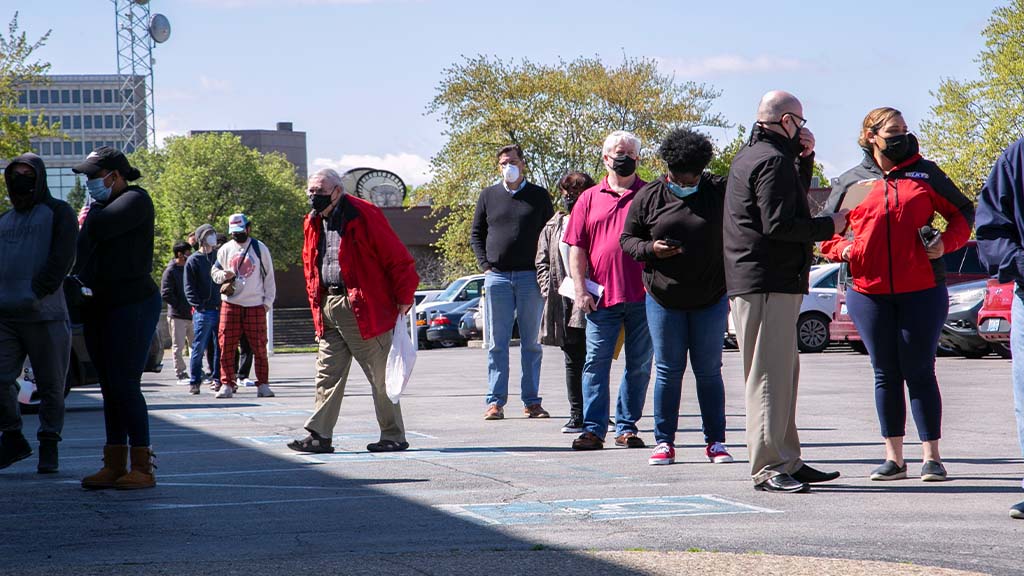About Us
Contact Us
Advertise With Us
Disclaimer
Privacy Policy
Terms & Conditions
Copyright © 2024 - BoldDiscussions.com

In recent times, the job landscape across the United States has seen a notable shift, with a 3% increase in the announcements of job cuts last month, hitting an 11-month peak. This development is seen as a reflection of the evolving business environment, where automation is reshaping the way industries operate.
The latest data from the outplacement firm Challenger, Grey & Christmas highlights that February witnessed 84,638 job cut announcements, up from January's 82,307, marking the most significant number since the previous March. Despite this increase, it's noteworthy that the total cuts for the early part of 2024 are 7.6% lower than they were at the same time last year, painting a complex picture of the job market dynamics.
February's figures showed that the technology sector, alongside transportation and services, bore the brunt of these job reductions. Yet, the technology industry, despite leading in job cuts for the year, has seen a 55% decrease in such announcements compared to the same timeframe in 2023. On the other hand, the finance sector has experienced a 56% surge in job cuts year-over-year.
The primary reasons cited for these layoffs include organizational restructuring and the closing of various business units or retail locations. Moreover, advancements in technology accounted for 15,225 of the job cuts through February, underscoring the significant role that tech upgrades are playing in reshaping the workforce.
Andrew Challenger, a senior vice president at the firm, shed light on an interesting trend where companies might be downplaying the direct impact of artificial intelligence (AI) on job cuts. In an effort to sidestep the negative reaction from explicitly linking job losses to AI, firms are instead labeling these changes as "technological updates."
This strategy reflects a broader move towards integrating not just AI but also robotics and automation into business operations. With AI specifically being mentioned in 4,247 job reductions last year, it's clear that the integration of advanced technologies is having a tangible effect on employment.
While the increase in job cut announcements might seem alarming at first glance, it's important to view these changes within the broader context of a transforming job market. The shift towards automation and technology-driven restructuring is not solely about reducing the workforce but also about adapting to the new demands of the global economy.
Businesses are navigating these changes by reimagining their operations and exploring new opportunities that these technologies bring. As the market evolves, there's potential for new roles to emerge, emphasizing the importance of adaptability and continuous learning.
In facing these challenges, there's an underlying message of resilience and optimism. The transition may be complex, but it also opens doors to innovation, efficiency, and new possibilities in the workforce. As we move forward, embracing change and focusing on the opportunities it brings will be key to navigating the future of work.
The recent surge in job cut announcements in the US is a reminder of the ongoing transformation within the job market, driven largely by technological advancements and automation. While these changes pose challenges, they also present opportunities for growth and innovation. By understanding and adapting to these shifts, businesses and workers alike can navigate towards a promising future, marked by resilience and optimism in the face of change.
Share This Post





BOLDDISCUSSIONS
We Produce Content That informs, Educates And Entertains People Around The World to stay updated on every topic with confidence.
Copyright © 2024 – BoldDiscussions.com

